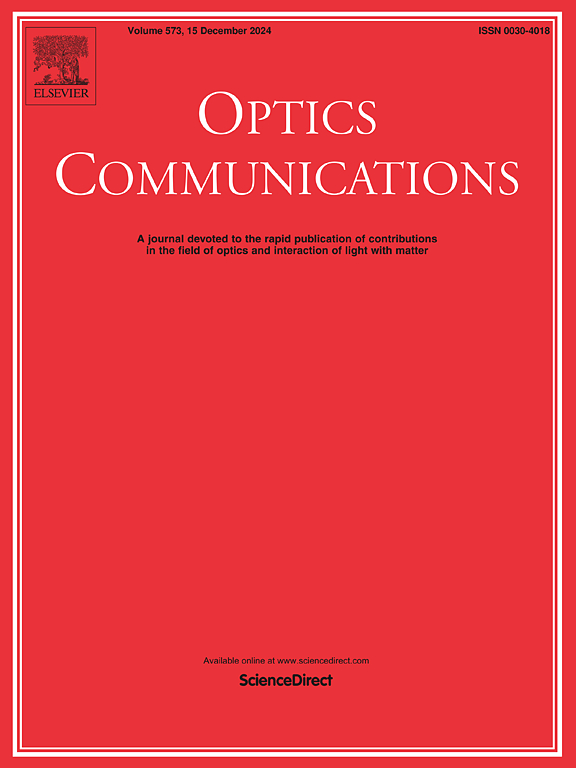基于机器学习的光纤通道模型
IF 2.5
3区 物理与天体物理
Q2 OPTICS
引用次数: 0
摘要
本文对光纤通信中的机器学习(ML)进行了全面的综述,特别是在信道建模方面。它讨论了从传统方法到基于ml的方法的演变,旨在提高预测和计算效率。具体来说,讨论将机器学习方法分为数据驱动和原则驱动两种方法。前者将通道建模视为以牺牲透明度和大量数据需求为代价提供快速建模功能的“黑箱”。相比之下,后者将物理原理集成到基于ml的系统中,增强了模型的可解释性并减少了数据依赖性。此外,还探讨了结合两种方法优势的混合模型的出现。这个分类提供了机器学习如何重塑光纤通信中的信道建模的结构化概述,强调了它在改进系统设计和探索光纤通信系统中先进非线性动力学方面的潜力。本文章由计算机程序翻译,如有差异,请以英文原文为准。
Machine learning-based models for optical fiber channels
This paper presents a comprehensive review of machine learning (ML) in optical fiber communications, particularly in channel modeling. It discusses the evolution from conventional methods to ML-based approaches that aim to enhance predictive and computational efficiency. Specifically, the discussions categorize ML methodologies into data-driven and principle-driven approaches. The former treats channel modeling as a “black box” providing rapid modeling capabilities at the expense of transparency and substantial data requirements. In contrast, the latter integrate physical principles into the ML-based system, enhancing model interpretability and reducing data dependency. In addition, the emergence of hybrid models that combine the strengths of both approaches is explored. This classification provides a structured overview of how ML is reshaping channel modeling in optical fiber communications, underscoring its potential to improve system design and exploring advanced nonlinear dynamics in optical fiber communication systems.
求助全文
通过发布文献求助,成功后即可免费获取论文全文。
去求助
来源期刊

Optics Communications
物理-光学
CiteScore
5.10
自引率
8.30%
发文量
681
审稿时长
38 days
期刊介绍:
Optics Communications invites original and timely contributions containing new results in various fields of optics and photonics. The journal considers theoretical and experimental research in areas ranging from the fundamental properties of light to technological applications. Topics covered include classical and quantum optics, optical physics and light-matter interactions, lasers, imaging, guided-wave optics and optical information processing. Manuscripts should offer clear evidence of novelty and significance. Papers concentrating on mathematical and computational issues, with limited connection to optics, are not suitable for publication in the Journal. Similarly, small technical advances, or papers concerned only with engineering applications or issues of materials science fall outside the journal scope.
 求助内容:
求助内容: 应助结果提醒方式:
应助结果提醒方式:


